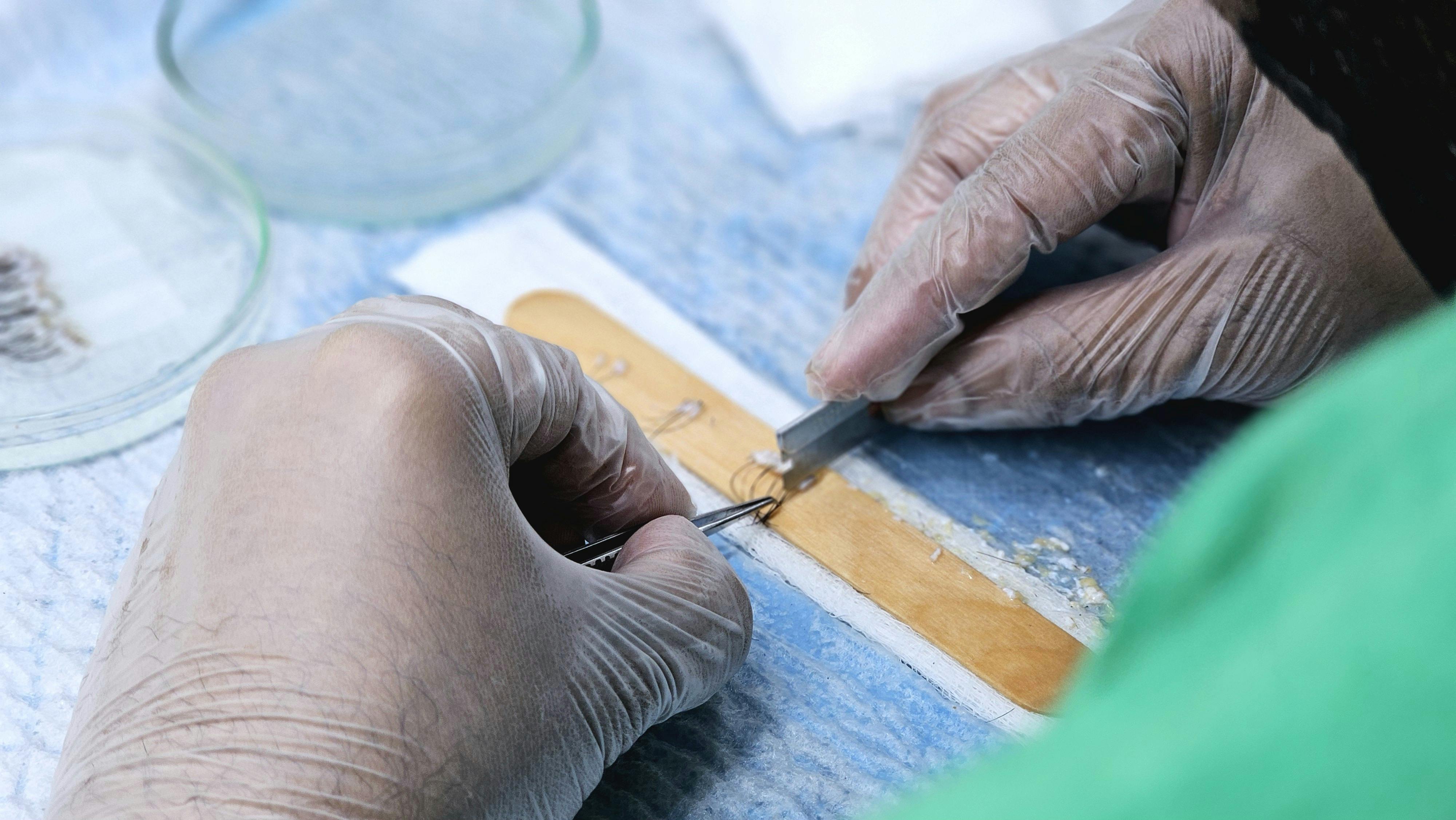Transcending the Canvas: 3D Printing in the Art World
The art world is no stranger to evolution, with digital technology now shaping creative expression in ways we never imagined. One such innovation is 3D printing, a technique that is transforming artistic production, altering our perception of art, and challenging the boundaries of creativity.

Introduction
3D printing, once a concept of science fiction, is now a reality in various industries, including the world of art. This groundbreaking technology is redefining the way artists create, offering an innovative medium for their imagination. This article explores how 3D printing is changing the arts and entertainment industry, from its historical origins to its current applications and future potential.
A New Dimension: The Advent of 3D Printing in Art
3D printing, also known as additive manufacturing, was first developed in the 1980s for industrial purposes. It wasn’t until the early 2000s that artists began to explore this technology as a creative tool. The ability to turn digital models into three-dimensional, tangible objects opened up a whole new world of possibilities. Artists could now create intricate designs and complex forms that would be impossible with traditional techniques.
Current Innovations: 3D Printing Today
Fast forward to today, and 3D printing has carved out a significant place in the art world. From sculptures and installations to jewelry and fashion, this technology enables artists to experiment with form, texture, and scale in unprecedented ways. Take, for instance, the work of Dutch artist Iris Van Herpen, who uses 3D printing to create couture dresses with structures that defy the logic of traditional garment making.
Impact and Significance: The Effect on the Art World
The impact of 3D printing on the arts is profound. It is not only changing how art is made but also how it is consumed. 3D printed artworks can be easily reproduced and scaled, making art more accessible to the public. Moreover, it is democratizing the process of art creation, as anyone with access to a 3D printer can become an artist.
However, this also raises questions about originality and authenticity, forcing us to reevaluate our definitions of art. It challenges the notion of art as a unique, handcrafted object and opens up a dialogue about the role of technology in artistic creation.
Looking Ahead: The Future of 3D Printing in Art
The future of 3D printing in the art world is promising. As the technology advances, artists will be able to create more complex and detailed works. Furthermore, new materials and printing techniques will open up even more possibilities for artistic expression.
As we move further into the digital age, it is clear that 3D printing will continue to play a significant role in the evolution of art. It is a tool of limitless potential, pushing the boundaries of creativity and transforming our conception of what art can be.
In conclusion, 3D printing is revolutionizing the art world, offering exciting new avenues for creativity, challenging traditional notions of art, and prompting us to rethink how we create, view, and value art in the digital age.






